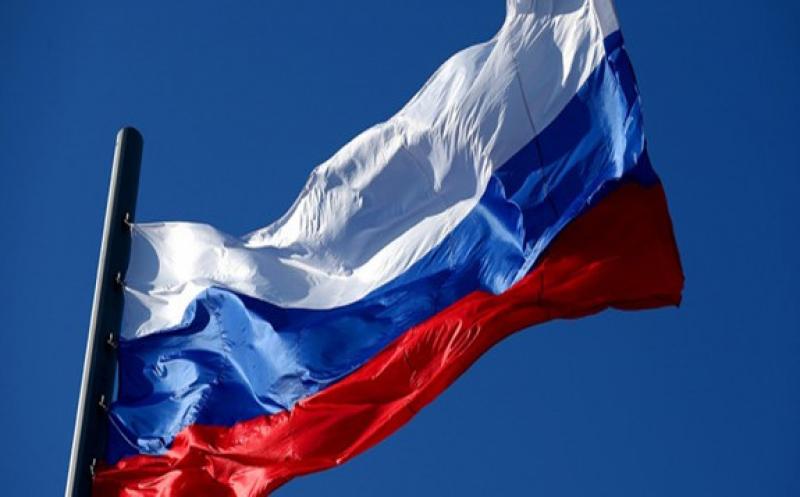Russia’s oil and gas discoveries fell to the lowest in five years in the first half of 2021, after last year’s crisis resulted in steep cuts in capital expenditures for exploration, data and analytics company GlobalData said on Wednesday.

In the first half this year, Russian companies found oil and gas at six very small fields, adding just 36 million barrels to reserves, which is equivalent to fewer than four days of Russian daily oil production, according to GlobalData estimates.
While Russian oil production and revenues have benefited this year from the much higher oil prices due to the OPEC+ cuts and rebounding global demand, exploration has continued to suffer from the COVID-inflicted crisis in 2020, which forced companies to slash capex for exploration drilling, Anna Belova, Oil & Gas Analyst at GlobalData, said.
“To retain its place as one of the top oil and gas producing nations, Russia needs to ensure a steady pace of discoveries to replace produced reserves. Otherwise, the effects of COVID-19 and reduced investments will be felt by the Russian oil and gas sector well after the pandemic subsides,” Belova said, commenting on GlobalData’s findings.
The easing of the OPEC+ cuts as per the agreement in which Russia leads the non-OPEC producers, coupled with the recovery in demand, has allowed Russia to boost its oil production in recent months.
Russia saw its crude oil and condensate production rise in October for a second consecutive month, to stand at 10.843 million barrels per day (bpd) last month, according to Bloomberg estimates based on data from the Russian energy ministry.
However, Russia’s condensate production—estimated at around 800,000 bpd-900,000—is not part of the OPEC+ production cuts, so it’s not easy to assess how much crude oil Russia is really pumping.
The energy ministry’s data does not discriminate between crude oil and condensate production, so the market and analysts assess crude output by estimating condensate production levels.
This year, Russia’s crude oil and condensate production will rise by 0.8 percent to 517 million tons, Russian Energy Minister Nikolai Shulginov said on Wednesday, as carried by TASS.
This equals an average annual production of 10.38 million bpd based on a 7.33 barrel-per-ton conversion ratio.